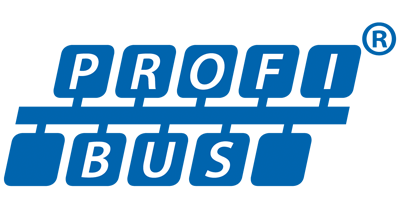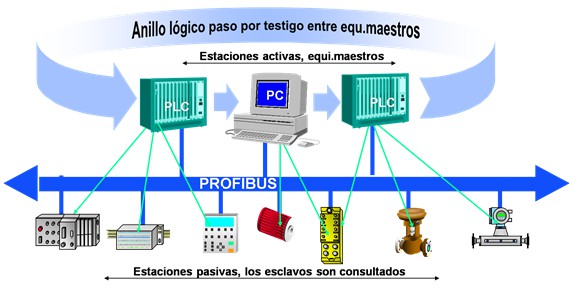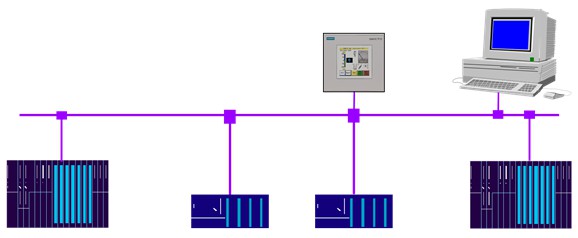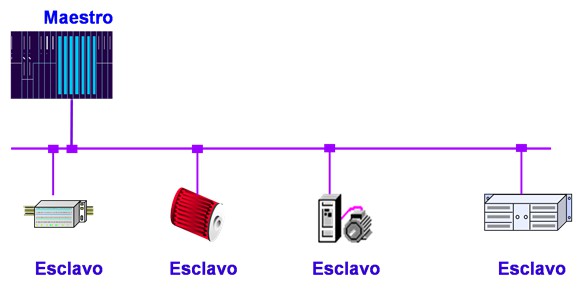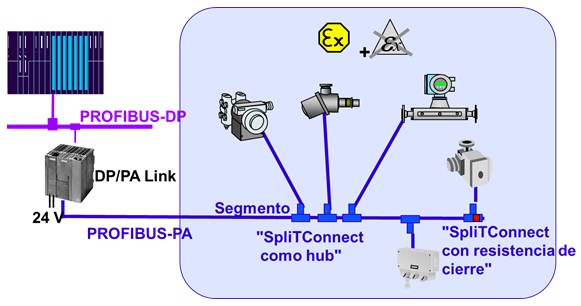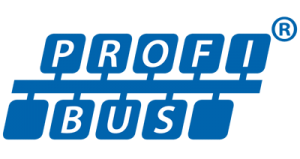
Profibus is a fieldbus created in the late 80s by several companies in Germany. The name derives from the words PROcess FIeld BUS. The standards that define it are EN 50170 and IEC 61158-2.
Although there are more modern and sophisticated options, this open field bus is the most utilized currently being supported by the major manufacturers of automation components.
It is a bus based on serial communication, being able to transmit through electrical cable (shielded two-wire cable), optical fiber or infrared. With optical fiber we will be able to reach greater distances and traverse atmospheres with higher interferences electromagnetic.
The network may have different topologies (bus, tree, star, ring, redundant ring, etc.), and the communication is of the type master-slave, and there may be more than one master. Access to the medium is by witness passing between teachers (active stations) and by polling or Polling between master and slavepassive stations).
There are 3 profiles or profibus versions:
PROFIBUS-FMS (Fieldbus Message Specification): it is the bus that communicates the stations at the cell, normally between different PLCs, operator screens (HMI), PC… It is a purpose profile general with a wide range of applications and flexibility, used for communication tasks at the control level.
PROFIBUS-DP (Distributed Peripherals): to communicate a Master PLC with different I/O devices (I/O, drives, etc.) we use this profile. Optimized for high speed and low cost.
PROFIBUS-PA (Process Automation): it is the communication bus between slaves (sensors and actuators). It is suitable for potentially explosive, and allows the transmission of Energy by the bus itself.
In future articles we will continue talking about the most common buses in the industry.

